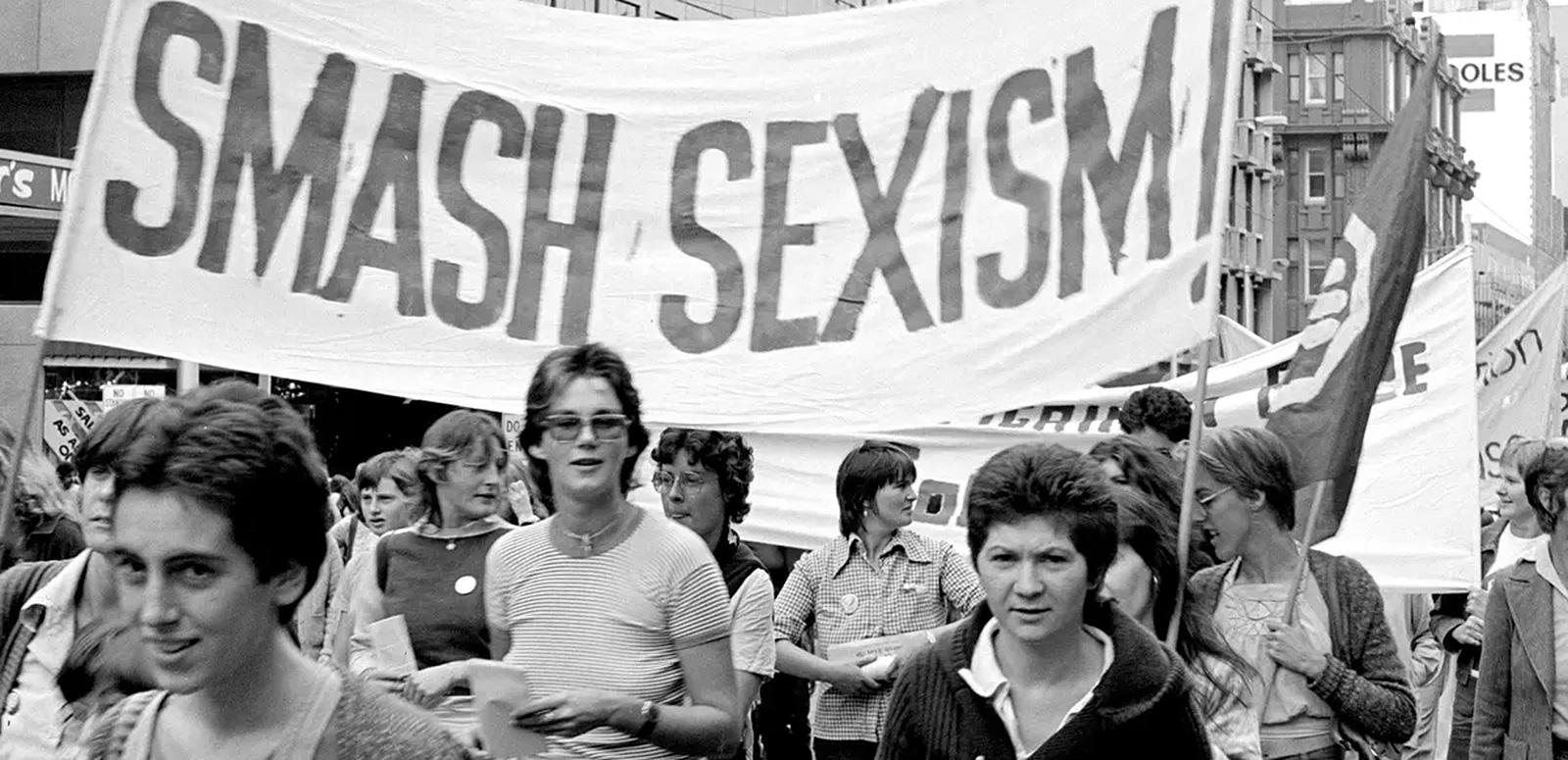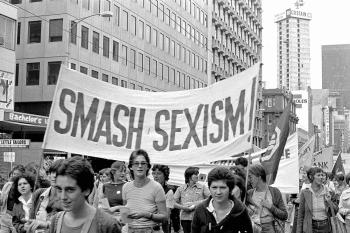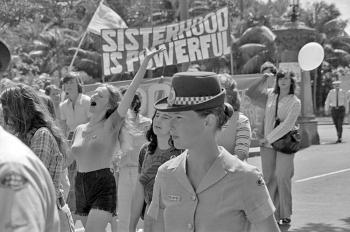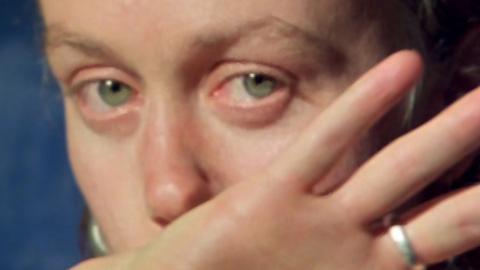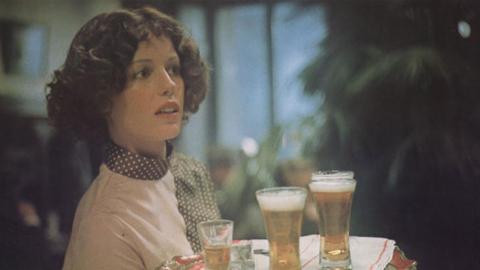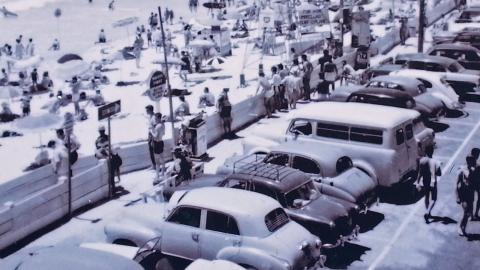In December 2020 the NFSA screened Brazen Hussies (2020), a documentary profiling a revolutionary chapter in Australian history, the Women’s Liberation Movement (1965–75). The screening was followed by a fascinating Q&A with the film's director, Catherine Dwyer and Elizabeth Reid, a famous feminist and one of the movement’s most influential voices. The Q&A was moderated by NFSA Program Manager Karina Libbey:

